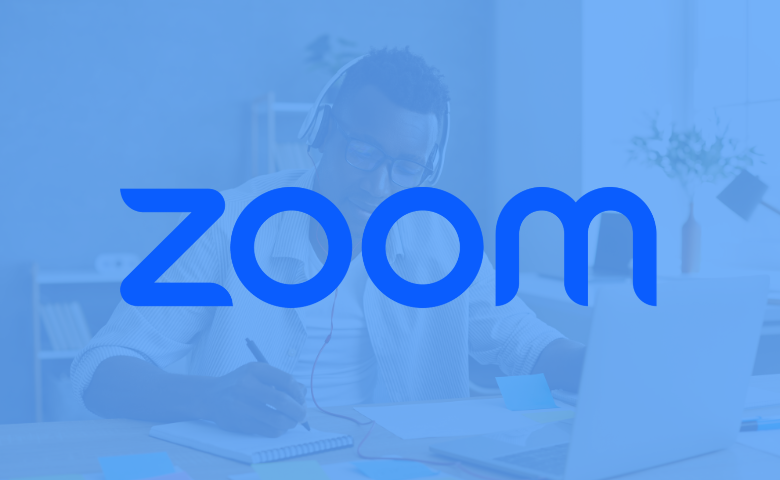Zoom makes it easy to set up a webinar and sign up attendees. However, Zoom doesn’t provide all the reminders and nurturing to ensure you maximize your webinar attendance. In this article we’ll detail how to automate a Zoom webinar. At DailyStory, we use Zoom … Continue reading “Automate Zoom webinar sign-up, reminders and follow-ups”
Automated email examples – 17 you can start using today
New to automated emails? The good news is that they are an incredibly effective tool when blended into your larger marketing strategy. We’ve put together 17 automated email examples you can start using today. Depending on your brand and business, there are a number of … Continue reading “Automated email examples – 17 you can start using today”
5 ways to approach automation in your marketing strategy
Marketing automation technology has come a long way over the years. But your automation is only as powerful as the thought process behind it. Automation in marketing refers to any email, SMS text message or other marketing messages (or tasks) that automatically happens in response … Continue reading “5 ways to approach automation in your marketing strategy”
Building a Data-Driven Account Based Marketing Platform
When I think about building software for marketers, I’m building on the experience I’ve had from previous businesses and some of the challenges that I experienced. Because of this business influence, I believe DailyStory is taking a distinctly different view of what a marketing automation platform … Continue reading “Building a Data-Driven Account Based Marketing Platform”



